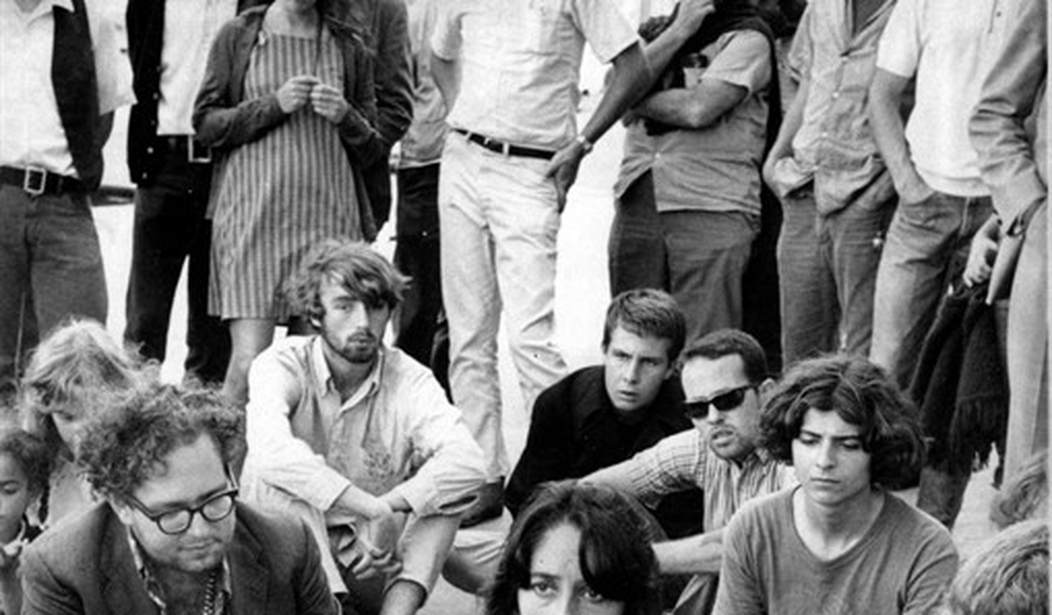I’ve done a lot of thinking and writing lately about the way wokeness has taken over so many aspects of our culture. We can’t escape it no matter how hard we try. Movies, theme parks, and even sports try to throw race, gender, and environmental politics in our faces every time we turn around.
But are these cultural fights part of something larger and more historic? I’ve begun to wonder if all of these culture wars are the direct result of the ’60s — in particular the counterculture types who tried to usher in so much change.
Last year, I read Helen Andrews’ excellent book Boomers: The Men and Women Who Promised Freedom and Delivered Disaster. In it, Andrews tells the stories of several key figures from the Baby Boomer generation and their (largely negative) impact on culture.
Andrews concludes that these Boomers, many of whom were under the influence of the counterculture, did more to harm our world than to help it. I don’t want to paint an entire generation with too broad a brush, because there are plenty of wonderful people from that generation, but I’ve begun to wonder if the counterculture is to blame for our current problems with wokeness. I’ve come across a couple of things this week that have helped solidify those thoughts in my head.
On his radio show on Wednesday, Erick Erickson talked about The Walt Disney Company’s clear doubling down on the side of the LGBTQETC lobby, with much of the push coming from the highest levels of the company. He pointed out that one company executive highlighted her “queer” kids — one transgender and one pansexual — as her reason for committing herself to the gender fight.
Erickson mused that many of these corporate executives (and not just at Disney) who push so hard for the radical gay and trans agenda do so because their kids are screwed up. He wondered if these executives think that it’s better to mess up other children than to admit that they failed as parents. It’s worth remembering that many of these executives were children of the ’60s themselves.
A Wednesday essay over at Spectator World by Gilbert T. Sewall entitled “We are all still prisoners of the Sixties” explores this idea even further. Sewall pointed out that much of the ’60s counterculture operated within a bare moral framework that’s missing today because the hippies destroyed it.
“The most whacked-out mid-centurion could not escape a model, a norm, and, if one sought entrée into prestigious or powerful circles, a style and a persona,” Sewall writes. “A perimeter of the imaginable fenced in the id and its extremes.”
Related: Wokeism Is a Religion Without Grace
“That perimeter is going or gone, forgotten or resented, constituting a possibly malign (‘Eurocentric’ or ‘white’) state of mind,” he continues. “So here we are, estranged from time-honored courtesies and symbols, unaware of scriptural and classical guides to the ideal and the possible, and, increasingly, prisoners of the implausible and absurd.”
Sewall goes on to point out that it was the counterculture generation who first abandoned traditional religion, eschewed acceptable standards of dress, and thumbed its nose at the authorities that generations of their forbears respected. He notes that they “made ‘elitism’ the enemy” — only to become the elites themselves.
Today’s wokes are the children and grandchildren, sometimes in a literal sense, of the always-ready-to-protest-injustice hippies, and they rely on the countercultural penchant for political theater.
“The Sixties imperatives of transformation — the magical mystery tour, political signaling, no rules — endure, but as adventures in solipsism and exhibitionism,” Sewall writes. “The finest qualities of the counterculture — its disdain for technocratic materialism and its quests for spiritual and worldly purity — are faded or extinct. The hedonic residue is not even a Dionysian invasion of centaurs. It’s just fat, tattooed and high as a kite, watching hardcore porn on a 72-inch screen.”
These days, we kowtow to small but vocal minorities who advocate for ideas that even the hippies would hardly have dreamed of, yet in their old age, many of them have fallen head over heels for those minorities. Those of us who are in the majority, for whom these new hills to die on are offensive, are told to shut up or face cancellation.
Or, as Sewall puts it, “What was formerly outré or unimaginable — even after the almost anything-goes Sixties — is vogue, and to resist is to court ridicule or ruin.”
The free love, the sexual revolution, the racial radicalism, and the environmental advocacy of the ’60s are relatively tame in comparison to their descendants of transgenderism, critical race theory, and the communistic climate change movement. And let’s not forget the pandemic-generated authoritarianism that the last couple of years have brought us.
I truly believe that the counterculture of the ’60s is to blame for most of these phenomena.










